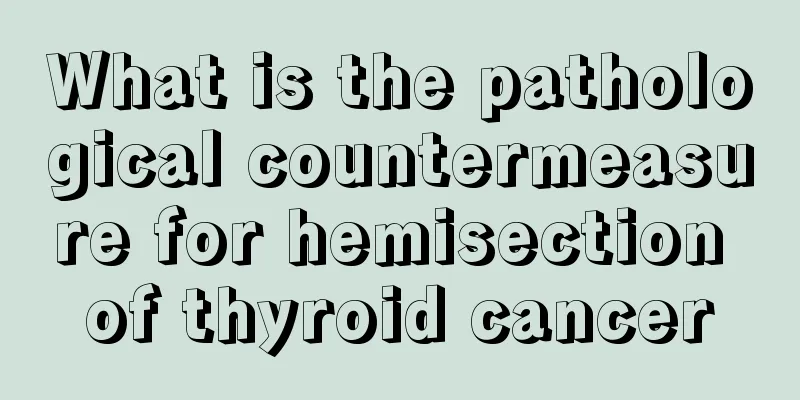Oral joint dislocation

|
Sometimes, oral joints may be dislocated due to external force or yawning too hard, most of which are temporomandibular joint dislocations. After knowing that the joint is dislocated, you must seek treatment as soon as possible, use the correct technique to reposition it, and use a bandage to fix it. Do not eat hard things, and it will recover after a period of time. Treatment The principle of treatment is to perform manual reduction as soon as possible and restrict mandibular movement for about two weeks. The operation method of manual reduction is: the patient sits in a low position with his head against the back of the chair or the wall. The occlusal surface of the mandibular teeth should be lower than the elbow joint of the surgeon when his arms are hanging down. The operator stands in front, places the thumbs of both hands (which can be wrapped with gauze) backward on the occlusal surfaces of the mandibular molars on both sides, and holds the body of the mandible with the remaining fingers. During reduction, the patient is asked to relax his muscles. The surgeon gradually applies downward pressure on the posterior end of the mandibular body with his two thumbs, and lifts the chin slightly upward with the remaining fingers. When the condyle drops below the plane of the articular tubercle, the mandible is pushed backward and the condyle can slide back to the concave surface of the joint and be repositioned. After reduction, fix the head and jaw with a bandage immediately and restrict mouth opening for about two weeks. Reduction of anterior dislocation of the temporomandibular joint Before reduction, care should be taken to eliminate the patient's tension. Sometimes the temporalis and masseter muscles can be massaged, or 1-2% procaine can be used for infratemporal trigeminal nerve or periarticular blockade to aid repositioning. For old dislocations, reduction under general anesthesia or even surgical reduction is required if necessary. Diet and health care Specific symptoms of the disease have different dietary requirements. It is recommended to communicate with the doctor in detail. Preventive Care 1. The key to preventing this disease is to avoid trauma and treat recurrent dislocation. The disease is mainly caused by large openings and injuries that cause the condyle to dislocate from the joint and cannot be repositioned by itself. Recurrent dislocation may also occur in the elderly when their muscle tension is abnormal and their ligaments are loose. 2. Acute dislocation of the temporomandibular joint should be repositioned promptly, and a bandage should be used to fix the craniomaxilla and limit mouth opening for 2-3 weeks. 3. For patients with a long period of dislocation and spasm of the masticatory muscles, local hot compresses or masticatory nerve block can be performed before manual repositioning. 4. When various methods of repositioning are ineffective, repositioning under general anesthesia or even surgical repositioning can be considered. |
<<: Does it hurt to remove oral stitches?
Recommend
Best prenatal music time
When the fetus is in the mother's body, it ha...
What is the treatment for depression?
In real life, depression is a psychological disea...
Eating chewing gum can easily secrete stomach acid, so people with stomach problems should be careful
Many young people, especially those who like to e...
Complications of chemotherapy for esophageal cancer
What are the complications after surgery for esop...
Is hoarseness definitely a symptom of lung cancer?
Lung cancer is a tumor that people are familiar w...
Experts suggest 10 things that ruin your sleep
1. Eating dinner too late If you've always ha...
How to clean a mattress
We spend one-third of our day sleeping in bed, an...
The weather is getting colder, don't do these 5 things when you get up at night
It’s cold at night in winter, and it’s easy for p...
What shoes are suitable for mountain climbing
Hiking is an outdoor sport that takes a long time...
Why does colon cancer occur? What are the early symptoms of colon cancer?
Cancer is a disease that everyone fears. The harm...
Can drinking tea prevent skin cancer?
Skin malignancies refer to malignant tumors that ...
What to do if liver cancer cells spread in the late stage? There are four treatment methods
For cancer patients, the most frightening thing i...
Why do my feet itch when it's hot
If your feet itch in hot weather, it may be cause...
When is the best time to eat dried fruits
In addition to the nuts that we often eat in dail...
What causes blisters in the eyeballs
Eyes are very important to us and cannot be harme...









